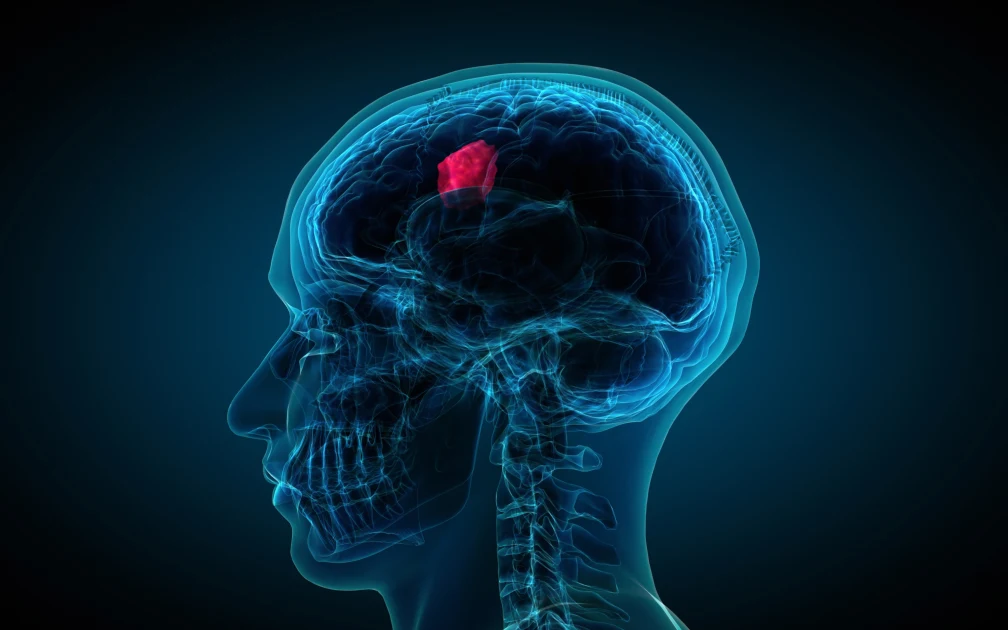
Glioblastoma: Understanding Aggressive Brain Cancer
2023-07-06 13:34:04
Glioblastoma, or glioblastoma multiforme (GBM), is an aggressive brain cancer originating from glial cells. As the most common primary brain tumor, it carries a grave prognosis. This blog post explores the characteristics of glioblastoma, available treatment options, and the challenges faced by patients and their loved ones.
The Nature of Glioblastoma
Glioblastoma rapidly spreads within the central nervous system, making complete surgical removal challenging due to its invasive nature. While it can affect individuals of any age, it predominantly occurs in adults aged 45 to 70. The precise causes of glioblastoma are not fully understood, though genetic factors and radiation exposure are considered potential risk factors.
Symptoms and Diagnosis
Symptoms of glioblastoma vary based on where the tumour is and its size. Persistent headaches, seizures, cognitive impairment, personality changes, and motor skill difficulties are common signs. Diagnosis involves evaluating a detailed medical history, neurological examination, imaging studies (MRI or CT), and a biopsy for tumor tissue analysis.
Treatment Options and Prognosis
Glioblastoma treatment typically involves a combination of surgery, radiation therapy, and chemotherapy. However, complete tumor removal is often unattainable due to the infiltration of healthy brain tissue, leading to frequent recurrence. Despite advances, the prognosis remains challenging, with a median survival rate of approximately 15 months.
Conclusion
Glioblastoma can be life-threatening and difficult to treat due to its aggressive nature. While research continues in the hope of finding improved therapies, patients and their loved ones need to be aware of the signs, diagnosis, treatment options, and prognosis associated with this form of brain tumor.

.png)